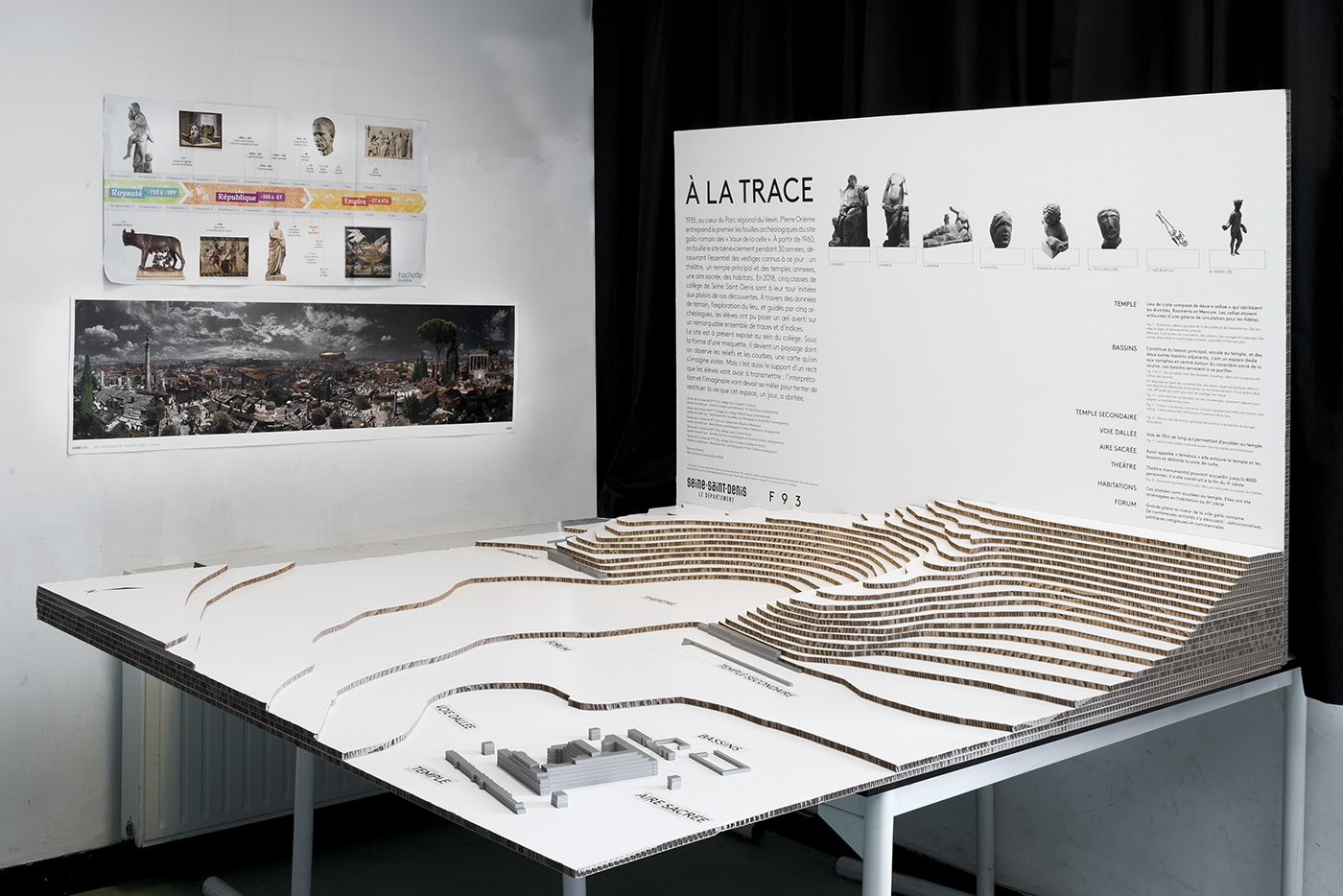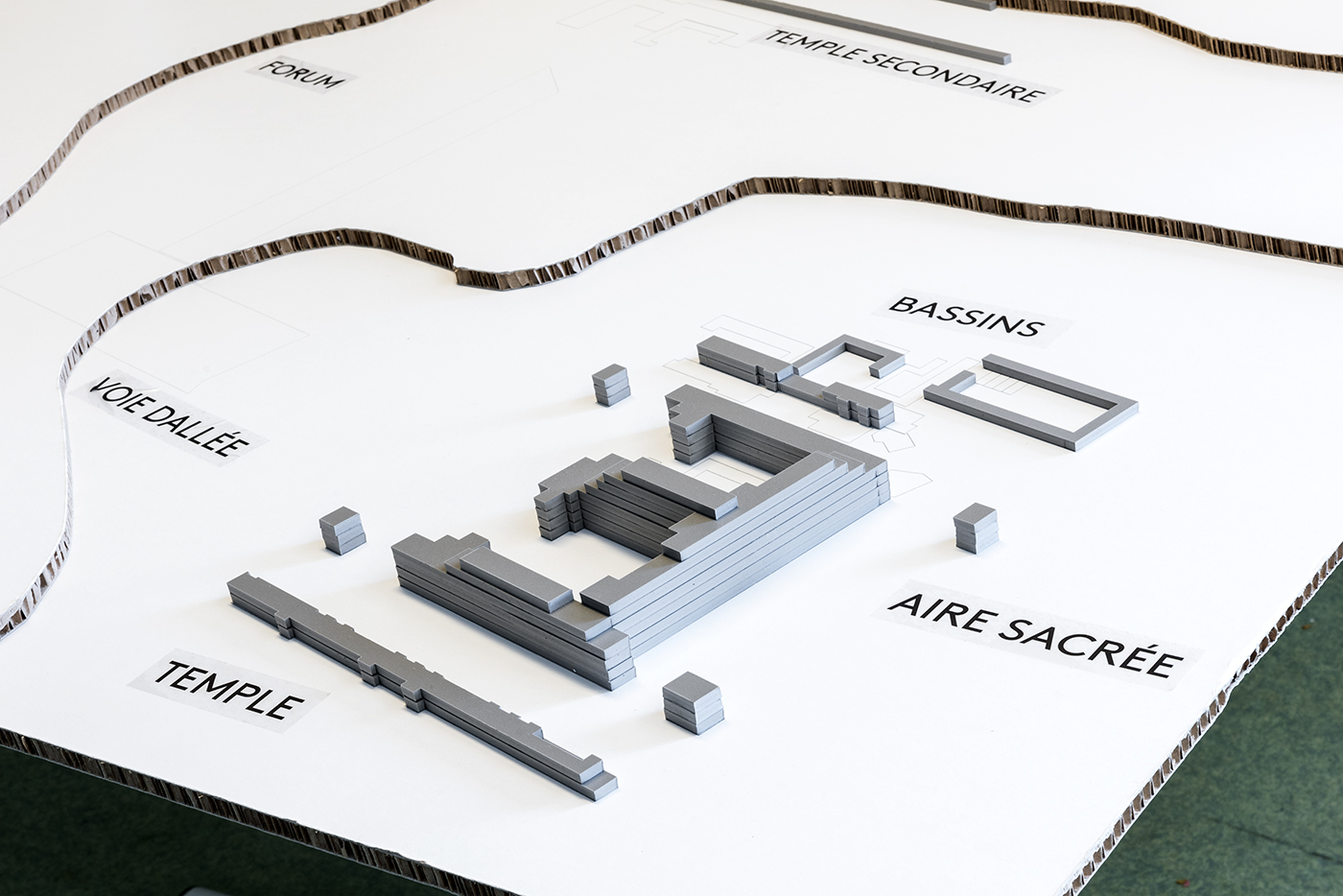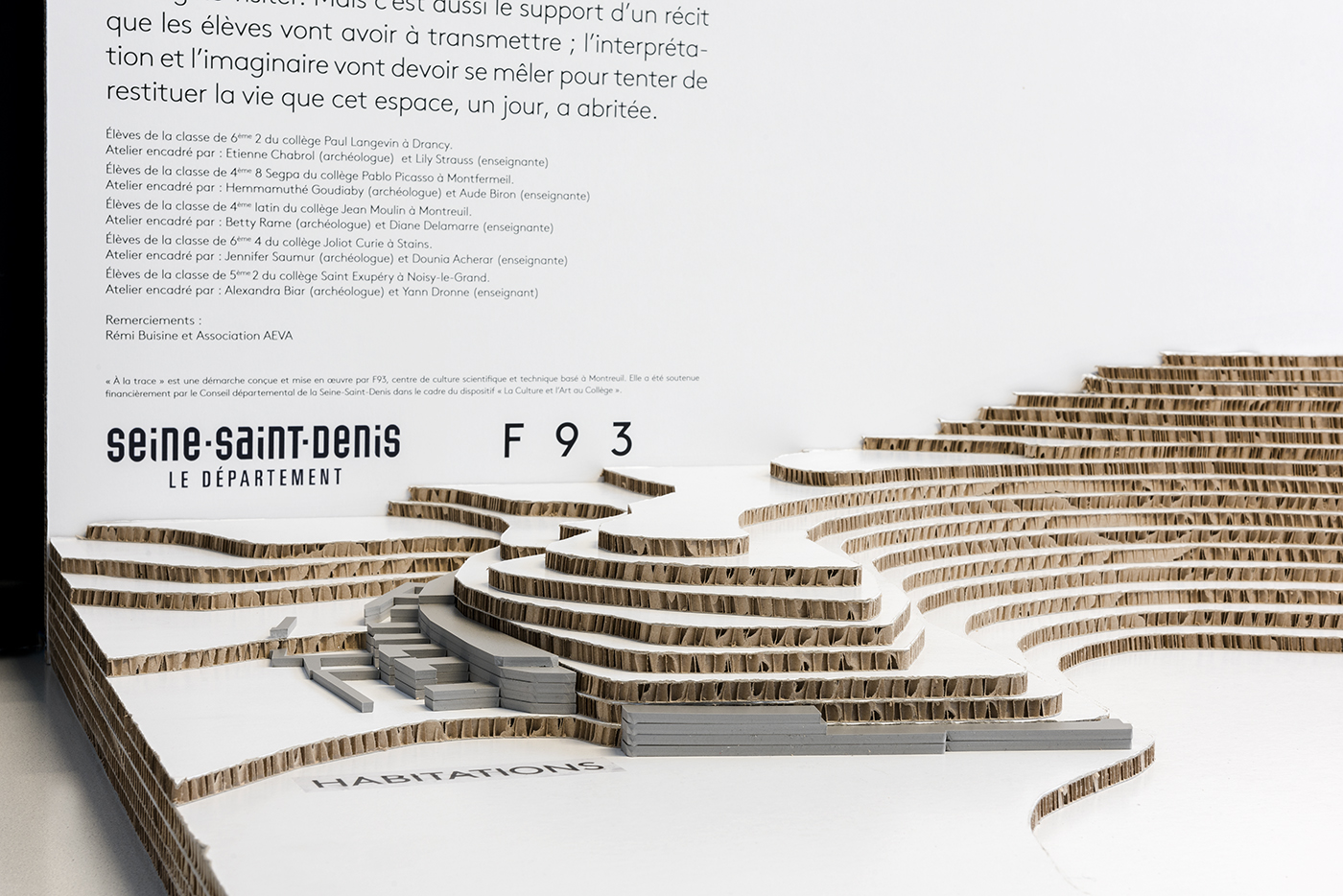- 2025
- 2024
- 2023
- 2022
- 2021
- The Forest System
- 2020
- A place to read
- Counterfactual
- Deep Sleep
- Fixing Sounds
- Ghost Populations
- Grey Matter
- Humanities
- Impôts.gouv
- My Precious One
- OK computer
- One for all
- Perfect Match
- Personal Borders
- Trial by fire
- Unconscious
- 2019
- Anonymous
- Daily science
- Houston 69
- Image and text
- La santé autrement
- Parts and labour
- Playing with fire
- Plu-present
- The art factory
- The legend factory
- The nuclear effect
- Unique every time
- Vertical
- What exactly is happiness?
- striking a chord
- 2018
- Animal images
- Connections
- Current affairs
- Extra space
- Les courts circuits
- Metamorphoses
- Off ground
- Playing with fire
- The Earth quakes
- The life of rays
- The ocean phenomenon
- The scope of cinema
- The struggle continues
- Top model
- Traces
- What is peace?
- 2017
- All about the climate
- Artistic territory
- Cars
- In all probability
- Inner journey
- Letter to a friend
- Planetarium
- Plants and us
- Polyptics
- Poster child
- Propagation of monotony
- Rocks unlimited
- Tour operator
- We, the presidents
- Youth culture
- 2016
- 3D universe
- Art curator
- Bioethics
- Colours
- Community radio
- Different books - digital design
- Different books - paper design
- Hands on
- Images - Mémoires
- In all probability
- Landscapes
- Meteors
- Microscopic
- Mirages
- Pantone Food
- The great outdoors
- The idiots' guide to teenagers
- The night
- There were several of them
- Under the surface
- 2015
- Books otherwise
- By prescription
- Denim
- Feet on the ground
- Intermediate schools in France
- Meteorologists
- Occupation: inventor
- Outdoors
- Sweet treats
- The art of love
- The climate in fiction
- To be completed
- Universal light
- Urban life
- What is today?
- Words and music
- 2014
- Are you modern?
- Aroma research
- Calculating sound
- Digital dreams
- Female landscape
- Hung up
- Infinite at top speed
- Les Grandes Tables
- Life in the laboratory
- Listening to the sacred
- Short trips into the working world
- The age of the earth
- Use and reuse
- Water
- Words and music
- Words and things
- 2013
- Aroma research
- As if by chance
- Behind the screen
- By what right?
- In praise of mixity
- Infinity at top speed
- Listening to the sacred
- Looking at animals
- Mass markets
- Memory
- On promotion
- Once upon a time: Art
- Segami
- Sensitive boundary
- Short trips into the working world
- The French factory
- Truth in sport
- 2012
- A simple movement
- Animalia
- Archigram
- Babel
- By what right ?
- Dinner's served!
- Experience of the world
- Found objects
- Money
- Once upon a time: Art
- Perceptible split
- Phenomena
- Serious games
- Television
- Warmly dressed
- 2011
- Animalia
- Balance of power
- Breathless
- Chemistry year
- Cities and architectures
- Eurêka
- Experience of the world
- Food
- Found objects
- Homepage
- Once upon a time
- Public life
- Television
- Under constraint
- Video games
- Vostok
- What to wear
- 2010
- Chimie en cuisine
- Eurêka
- Evolution
- Jeux vidéo
- La bioéthique
- La richesse - philosophie
- La richesse - sociologie
- Les adolescents - photographie
- Les adolescents - sociologie
- Objets trouvés
- Quel grand Paris?
- Rapprochement des cultures
- Sous contraintes
- Télévision
- Village global
Traces
Since 2009, the Seine-Saint-Denis County Council has been backing “la Culture et l’Art au Collège (CAC)”. This project is based to a large extent on the presence in class for several weeks (40h) of an artist or scientist whose mission is to engage the students in a process of research and creation.
Tutors:
Hemmamuthé Goudiaby, Jennifer Saumur, Alexandra Biar, Betty Ramé, Etienne Chabrol/ Archaeologists
Project Manager:
Lucille Negre
Objectives:
The students reconstructed an excavation site in their school inspired by a real excavation site. Thanks to this reconstruction, each class was able to access every aspect of archaeology: the joy of discovery, conservation techniques, knowledge production using partial or whole objects and historical interpretations to establish lifestyles.
Workshops:
Uncovering
Evidence of an ancient life is uncovered and archaeology gets underway. The contributor presented methods and retraced the archaeologists’ workflow: handling ceramics, reconstructing the stratigraphy of the soil, summarising findings in class, 3D modelling, etc. These methods show how “ancient remains” can lead scientists to re-establish the life that surrounded them.
As Close as Possible
In 1935, in the middle of the Vexin Français Regional Park, Pierre Orième began the first archaeological excavation of the “Vaux de la Celle” Gallo-Roman site. In 2018, it was the turn of five classes to visit this remarkable site. In small groups, the students explored the uncovered remains, paying special attention to the clues that were discovered: photographs, notes, sketches and recordings were some of the tools that enabled the classes to appropriate this extraordinary collection of vestiges.
What Happened?
Back in the classroom, with the help of the contributor, the students were asked to reconstruct the life that this place was once home to. In addition to the information they gathered in the field, they consulted maps, articles, photographs and reports of digs. The class studied the origins of Rosmerta and Mercury, the site’s sacred divinities, the different construction stages of the buildings and the layout of the site, and investigated the rituals held around the pools.
For the second phase of the course, the students received a model representing the site they had visited. The class then presented the theatre, the main temple, the pools, the sacred space and the dwellings by devising keys, captions and activities.
Showcase:
The work is currently exhibited in school. The model has become a landscape with hills and valleys, a map that gives the impression of actually visiting the site. It is also the medium for a narrative that the students have delivered to the school community: interpretation and imagination have been combined to try and render their experience.
Acknowledgements :
Association AEVA, Rémi Buisine.
Outings :
- Archaeological site, Vaux de la Celle, Genainville
- Archaeology Museum, Val d’Oise
Participating Schools:
- Class 6ème 2, Collège Paul Langevin, Drancy
- Class 4ème 8 Segpa, Collège Pablo Picasso, Montfermeil
- Class 4ème Latin, Collège Jean Moulin, Montreuil
- Class 6ème 4, Collège Joliot Curie, Stains
- Class 5ème2, Collège Saint Exupéry, Noisy-le-Grand
Scenography: ELODIE DESCOUBES
Photos: PIERRE ANTOINE



